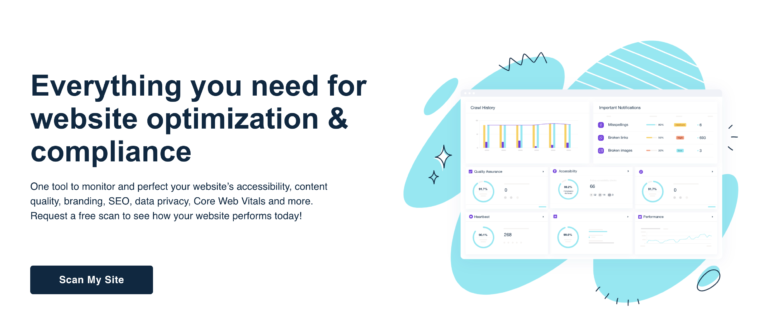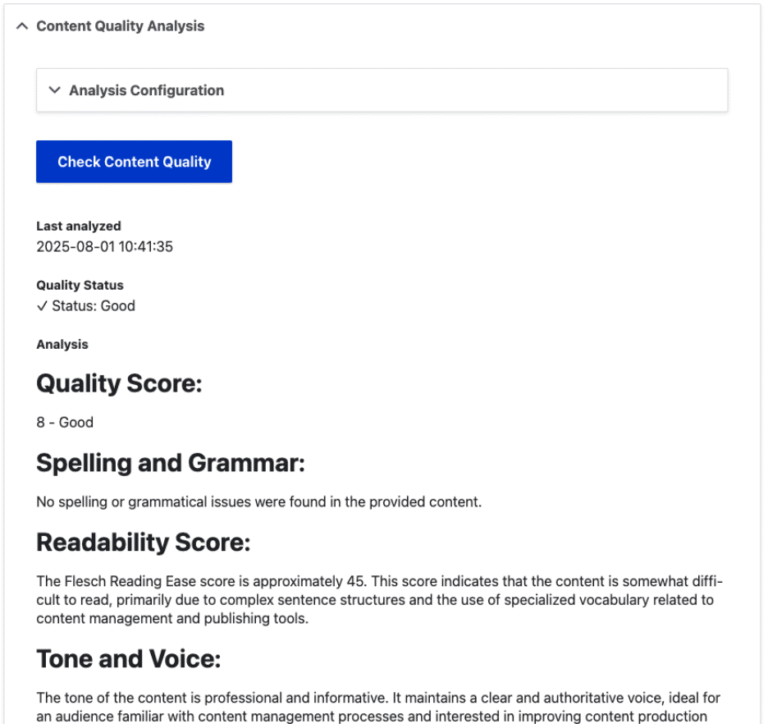
Proactive Steps: How Tech Companies Can Make Use of Ethical AI
For businesses offering innovative solutions to real-world problems, there is a unique opportunity to emerge as voices of reason amid the media and political noise, positioning themselves as true thought leaders in their fields of expertise.
How AI-Generated Misinformation Affects Public Perception
With election time approaching and the US presidential campaign heating up, there has never been a time when the alignment between tech and politics has been more important to analyze, especially with the rise in AI generated content. AI has become a two-edged sword: it offers an unprecedent chance to increase productivity and enhance communication but can also power bad and unethical actors in spreading misinformation.
This deception could look like:
- Mimicking Legitimate Sources: AI has the capability to create content that appears just like any credible news source we’d read online each day. An example of this is deepfakes, which is AI-generated content that produces a realistic but fake version of events, speeches, and statements, often in the form of videos, audios or photos. The line between fact and fiction is almost unrecognizable, so it makes it hard to act because the lines are so blurred.
- Amplifying Biases and Echo Chambers: AI-powered platforms are capable of personalizing content by user preference and behavior. This would be great for the user, but it can also amplify existing biases and create echo chambers. Within echo chambers, people are mainly exposed to content that confirms their pre-existing beliefs, making it more likely for them to believe misinformation that aligns with their point of view. The illusion it creates means that different parts of the population entertain different realities, which leaves everyone ultimately lost in an AI abyss.
- Cultivate Distrust for Institutions: AI-generated misinformation is capable of deteriorating public trust in the media, the authorities, and the electoral process. When people do not trust what they see, they lose faith in democratic institutions. This erosion can lead to apathy and disengagement. In elections, this can translate into lower voter turnout and increased polarization.
This is especially true for the tech and IT sectors, where technical development once served as the primary differentiator. In today’s fast-paced environment, where technology evolves rapidly, simply having the latest advancements no longer guarantees a competitive edge. Public perception has become a more critical factor in distinguishing companies.
Bad actors may use AIs to design and execute disinformation campaigns. They manipulate imperative voter behavior, potentially altering election outcomes, basically by flooding social media and other online platforms with misleading narratives. Due to sophisticated AI-generated content, these strategies are hard to track and combat.
Some key aspects to keep in mind are:
The potential for public opinion to be manipulated through AI-generated misinformation is not entirely new but it can be increased in an era where AI tools are being used irresponsibly.
- Clearly outlined protocol on ethics: Ethics governance in the development and use of AI should be clearly defined and laid down. These would be across parameters ensuring transparency, accountability, and reduction of bias. If high ethical standards are set, companies can make sure that AI design and usage is responsible.
- Transparency: Transparency is key in using AI. Let users know that it assisted in the making of the content. This would let users know how AI is guiding the information they see and show that these processes are being managed responsibly.
- Accountability: Clear structures of accountability should exist so that those responsible for unethical use or harm by AI can be held accountable. For example, independent people or programs for oversight or implementing processes to detect unethical practices might be put in place. There should always be repercussions for failing to adhere to ethical standards.
- Bias-Checking: AI systems should be validated and audited to filter biases that distort information. This should do more than just removing technical biases in algorithms; it should clear social and cultural biases.
Leveraging Anti-PR to Stand Out Amidst Media Noise
AI can produce and distribute credible fake news, so it’s extremely important for tech companies — experts in this subject— to take a proactive and multi-faceted stands and help prevent this misinformation pandemic to protect public trust.
Tech companies must respond with a comprehensive strategy to the misinformation created through AI, which shall comprise the following proactive measures:
The 2024 election remains crucially challenging because of AI-generated misinformation. Therefore, there’s a huge responsibility that tech companies have to make sure that the content that users receive is authentic and credible, without any AI-influence, and if there is influence, they must make users aware and a part of the process to maintain public trust.
AI’s dissemination of convincing yet untruthful content tends to distort the public’s perception in many ways. Tech companies must act fast and educate themselves on how to recognize this content, regardless of how deceiving it is.
Media Algorithms: Strategies to Combat Misinformation
By Karla Jo Helms, Chief Evangelist and Anti-PR™ Strategist for JOTO PR Disruptors™
Communicating effectively during volatile times can be particularly challenging. While avoiding controversial or hot topics may seem like a smart strategy, completely shutting down media interactions to steer clear of the political arena is not always feasible for industries heavily influenced by public opinion.
- Media Algorithms: In an age where algorithms dictate what users see, Anti-PR focuses on leveraging these systems to strategically position brands and build company narratives. By refining media algorithms to prioritize high-quality, verified content, Anti-PR ensures that companies’ credible information remains visible, reinforcing a brand’s authority amidst the noise.
- Crisis Management: In Anti-PR, managing crises caused by misinformation requires immediate, decisive action. Tech companies must have dedicated rapid response teams that combine expertise in AI, communications, and misinformation to quickly address and neutralize false narratives. These teams must swiftly deploy fact-based counter-narratives, collaborating with credible newsrooms to ensure accurate information reaches the public. Transparency in these efforts is crucial for maintaining public trust, and companies should regularly share updates and best practices to strengthen collective resilience against misinformation.
Effectively managing misinformation requires more than just reactive measures; it involves proactive and strategic thinking. By focusing on content quality, user feedback, and rapid response, tech companies can better control the spread of false information and maintain public trust.
Unlike conventional PR strategies, which often struggle to keep pace with the rapidly changing media landscape, Anti-PR excels in its agility and foresight. By engaging in proactive media outreach, Anti-PR ensures that businesses are not only heard but also respected as authoritative experts in their industry.






